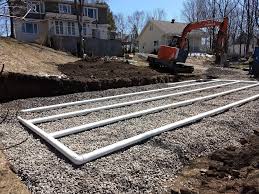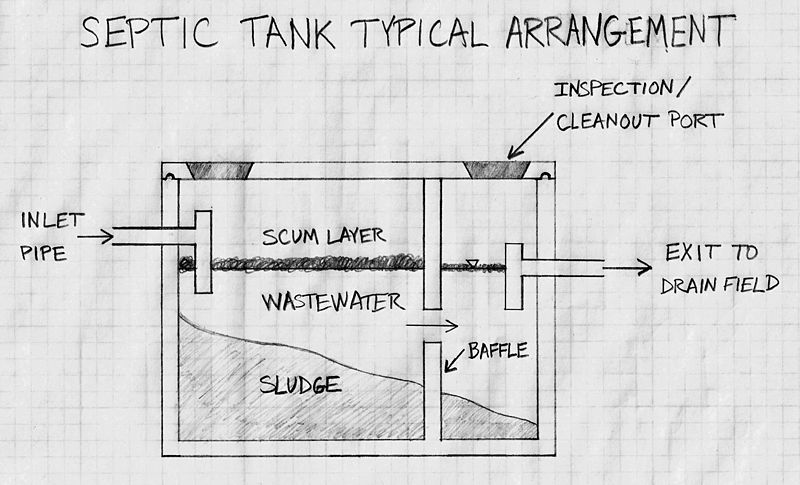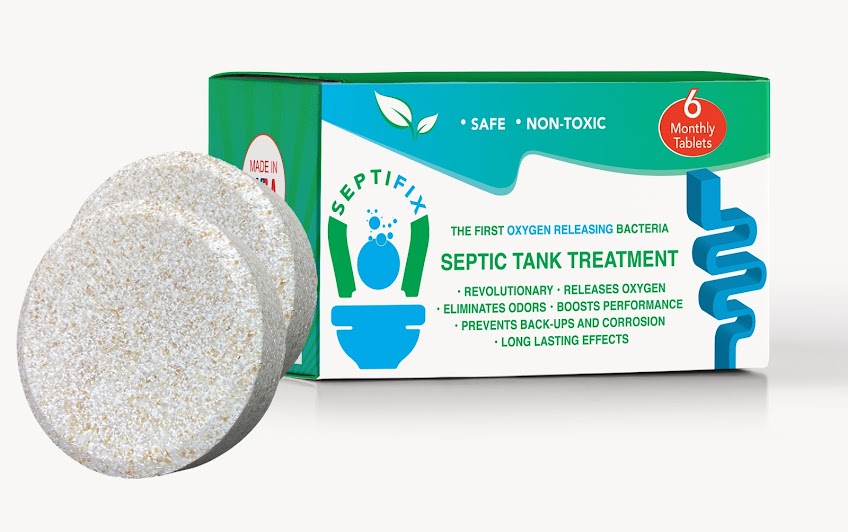How much does an aerobic septic system cost?
Many homeowners now prefer an aerobic septic system over an anaerobic one, even though aerobic systems are costlier. That is because aerobic systems treat wastewater more efficiently and require a smaller drainfield. Aerobic systems are also environmentally friendly. If you are looking to install a new septic system, you may want to opt for an aerobic system.
So, how much does an aerobic system cost? Generally speaking, aerobic systems cost anywhere between $10,000 and $20,000. Having said that, the cost of an aerobic system depends on several factors like its size, your location, and soil conditions. Because aerobic septic systems are more complex than anaerobic systems, they cost more. However, since aerobic system treat wastewater more efficiently, they are worth the extra cost.
Continue reading to find out more about the cost of aerobic system, how they work, and their main advantages.
Call Septic Service Pros 855.925.0760 for Service or Request a Quote
How much does an aerobic system cost?
You will pay more for an aerobic system than for an anaerobic system. On average, the cost for an aerobic system ranges between $10,000 and $20,000, depending on the size, your location, and the type of soil on which it will be built. You probably will require a second tank in care you are switching from anaerobic to aerobic, but this will only entail an expenditure of $5,000 to $10,000.
As said before, aerobic systems digest waste more quickly and efficiently than their anaerobic counterparts. Because of this, you can use an aerobic system with a smaller leach field. In other words, aerobic systems are ideal for homeowners with smaller properties, where the space available for the drain field is rather limited.
Anaerobic vs. Aerobic Septic Tanks
Traditional septic systems are anaerobic. They depend on anaerobic bacteria—that is, bacteria that do not consume oxygen—for digesting the solid waste. After the solid waste has been broken down by anaerobic bacteria, the waste leaves the septic tank and enters a large drain field where aerobic bacteria—that is, bacteria that need oxygen to live—breaks down the waste further. By the time wastewater enters the soil, much or all of the harmful organisms have been removed from it.
In contrast, aerobic systems are more complex in nature and depend on oxygen-loving bacteria (aerobic bacteria) to break down solid waste. They often include not only a composite toilet but also a continuous flow system. While aerobic systems have a higher upfront cost, they are far more efficient than anaerobic systems. Since the wastewater is of higher quality, aerobic systems need a smaller drain field.
Call Septic Service Pros 1.855-925-0760 For Service or Request a Quote
How does an aerobic system work?
An aerobic septic system relies on aerobic bacteria for handling and breaking down solid waste. Since aerobic bacteria require oxygen to survive, an aerobic system comes with an aerator that injects oxygen inside the processing septic tank to boost the natural bacterial activity. Some aerobic septic tanks may also include not only a separate pre-treatment tank but also a final treatment tank, which is where disinfection of wastewater takes place. This in turn helps lower the levels of pathogens in the wastewater, making it safe for spraying over a lawn.
If you have a house with poor soil conditions, or if there is not much space for a leach field, you should consider an aerobic system instead of an anaerobic one. Aerobic septic systems are also a better choice for residential properties that are close to the surface water. That is because these houses are more sensitive to contamination from nutrients present in sewage. Last but not the least, consider installing an aerobic septic system if you want high-quality wastewater or live in a place with high water table.
Call Septic Service Pros 1.855-925-0760 For Service or Request a Quote
As said before aerobic systems include an aerator, a device used for circulating bubbles in the wastewater tank. Thanks to this steady supply of oxygen, aerobic microbes are able to enjoy a stable environment that is so essential for them and are able to break down solid waste more efficiently and quickly compared to anaerobic bacteria. In simpler words, the aerator helps speed up the process of breaking down solid waste.
The working of an aerobic septic system includes the following step:
- Pre-Treatment: You can call this the first step, in which solid gets separated from wastewater.
- Aeration Chamber: A blower or air compressor releases oxygen into the tank to increase the population of aerobic bacteria. As a result of which, the solid waste matter gets break down more efficiently and quickly.
- Disinfection: This step involves treating the wastewater with chlorine or some other disinfectant before it is expelled through the septic tank pump.
- Final Treatment Disposal: This is the very last step in which the wastewater is dispelled into the drainage area.
Septic tank cost by size
The cost of a septic tank depends not only on the type it is (aerobic or anaerobic) but also on its size. Bigger homes need a bigger tank, which cost more than a smaller tank. Use our Septic Tank Size Calculator to get an idea of the size of tank you may need.
A 500 gallon tank is likely to be sufficient for a 1-bedroom house. Its cost ranges between $500 and $900.
A 750 gallon tank is likely to be sufficient for a 2-bedroom house. Its cost ranges between $700 and $1,200.
A 1,000 gallon tank is likely to be sufficient for a house with 3-4 bedrooms. Its cost ranges between $900 and $1,500.
A 1,200 gallon tank is likely to be sufficient for a house with 5-6 bedrooms. Its cost ranges between $1,200 and $1,600.
A 1,500 gallon tank is likely to be sufficient for a house with a 6-7 bedrooms or a small duplex. Its cost ranges between $1,500 and $2,500.
A 2,000 gallon tank is likely to be sufficient for a duplex to a small apartment building (up to 14 occupants). Its cost ranges between $3,000 and $4,000.
A 3,000 gallon tank is likely to be sufficient for a small apartment building. Its cost ranges between $4,500 and $6,000.
A 5,000+ gallon tank is likely to be sufficient for an apartment building or a community tank. Its cost ranges between $7,500 and $14,000.
Whether you have an aerobic or anaerobic septic system, you should get it pumped out on a regular basis. Also, don’t forget to have it inspected periodically. When it comes to the maintenance of a septic system, trust only licensed septic system professionals.










